A Flower Blossom on the Rice (꽃,밥에피다)
9.4Km 2023-10-10
3-6 Insadong 16-gil, Jongno-gu, Seoul
A Flower Blossom on the Rice serves beautiful, healthy meals using ingredients grown in accordance with eco-friendly practices. Diners can expect to enjoy dishes made with organic rice grown in Bongha Village, pesticide-free vegetables, wheat, traditional pastes, and undyed meats. Popular menus include the vegetable course, suitable for vegans, the tteok bulgogi made with Korean beef, braised rockfish harvested around Heuksando Island, and the five-colored bojagi bibimbap.
Unhyeongung Royal Residence (서울 운현궁)
9.4Km 2024-03-04
464, Samil-daero, Jongno-gu, Seoul
+82-2-766-9090
Located near the Gyeongbokgung Palace, Unhyeongung Palace was a residence of royalty in Joseon period. It was the place where Gojong (1582-1919, reign 1864-1907), king of Joseon (1392-1897) and emperor of the Korean Empire (1897-1910), was born in, as well as the place where Heungseon Daewongun (1821-1898), his father, had resided in. Buildings include Noandang Hall, Norakdang Hall, and Irodang Hall. The Royal Residence offers programs like traditional weddings and traditional culture experiences, while the exhibition hall showcases Joseon-era artifacts.
Kkotbabe Pida (꽃밥에피다)
9.4Km 2021-03-26
3-6, Insadong 16-gil, Jongno-gu, Seoul
+82-2-732-0276
It is a 2021 Michelin Guide restaurant. This restaurant's signature menu is bibimbap. This Korean dishes restaurant is located in Jongno-gu, Seoul.
Sejong Center (세종문화회관)
9.4Km 2023-06-14
175, Sejong-daero, Jongno-gu, Seoul
+82-2-399-1000
Sejong Center, officially known as Sejong Center for the Performing Arts, opened on July 1, 1999 to provide citizens with a cultural art space. Having completed a grand remodeling project in 2007, Sejong Center offers customer-friendly programs aimed at improving the quality of art performances in a comfortable resting area. Comprising the Grand Theater of Sejong Center, Sejong M Theater, Sejong Chamber Hall, Exhibition Hall, and other subsidiary facilities, Sejong Center is a multicultural art center.
Various genres of performances including traditional, classic, and crossover have taken place in the center, giving many opportunities for cultural nostalgia.
* Opened April 14, 1978
Statue of Admiral Yi Sun-Shin (충무공 이순신 동상)
9.4Km 2024-03-04
175, Sejong-daero, Jongno-gu, Seoul
The Statue of Admiral Yi Sun-Shin can be found at Gwanghwamun Square in Seoul. Admiral Yi Sun-shin (1545-1598) was a naval commander who served during the Japanese invasion of Korea (also known as Imjin War: 1592-1598). The undefeated admiral achieved 23 victories against the Japanese navy using innovative tactics, and he is thus considered as one of the greatest generals in the history of Korea. Admiral Yi’s likeness can be found on the 100 won coin.
THE SKI & Coffee (더스키앤커피)
9.4Km 2021-03-18
63, Dongsung-gil, Jongno-gu, Seoul
+82-2-745-3343
A store well-known for waffles. The best menu at this restaurant is americano. This is a cafe located in Daehak-ro, Seoul.
Nakseonjae Hall (낙선재)
9.4Km 2021-09-30
99, Yulgok-ro, Jongno-gu, Seoul
+82-2-2148-1822
Located inside Changdeokgung Palace, Nakseonjae Hall is a one-story structure built in ikgong style (bird wing-shaped eaves placed on top of the pillars) with a hip tiled and gable roof. It has 6 kan in the front and 2 kan (traditional unit of measurement of the space between pillars) to the sides. It originally belonged to the nearby Changgyeonggung Palace, but came to be considered a part of Changdeokgung Palace in more recent years.
The hall was constructed in 1846 (12th year of King Heonjong’s reign) and it is collectively called Nakseonjae together with the adjacent Seokbokheon Hall and Sugangjae Hall.
Behind the building is a flower garden made of stacked large stones. The chimney, the flowers, and the oddly shaped stones harmoniously blend into one another to create an outstanding landscape gardening.
OHUJEONG - Daehangno Branch (오후정 대학로)
9.4Km 2021-03-29
25, Daehak-ro 8-gil, Jongno-gu, Seoul
+82-2-741-1747
This is a Japanese home-style restaurant where you can enjoy various Japanese fusion dishes. This Japanese (cuisine) restaurant is located in Jongno-gu, Seoul. The most famous menu is pollack roe pasta.
Korean National Police Heritage Museum (경찰박물관)
9.4Km 2021-12-21
41, Saemunan-ro, Jongno-gu, Seoul
+82-2-3150-3681
The police museum opened on October 14, 2005 to give a better understanding of the job of the police and to offer a formal education to children who wish to become police officers in the future. The history hall of the museum is designed for visitors to learn about the history of Korean police at a glance, exhibiting information on the police force from the Joseon dynasty up until current times.
Visitors to the museum can pretend to be police officers by touching actual equipment and learning about an officer's daily tasks. Visitors can also get in patrol cars, wear a police uniform, experience shooting a gun through a simulation, and learn self-defense martial arts and arrest techniques. Visitors can also go to the museum jail.
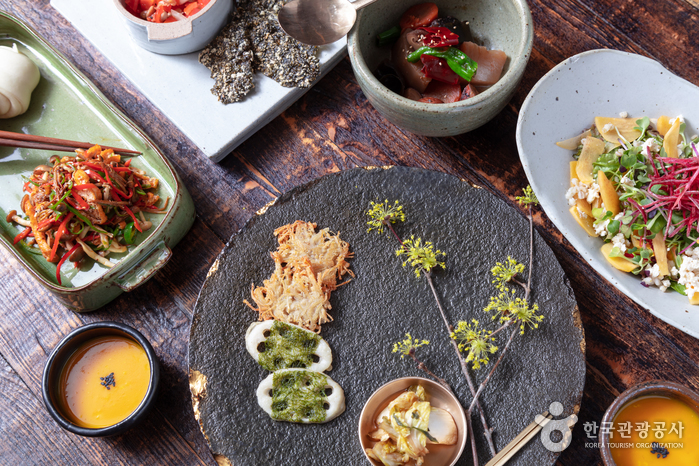

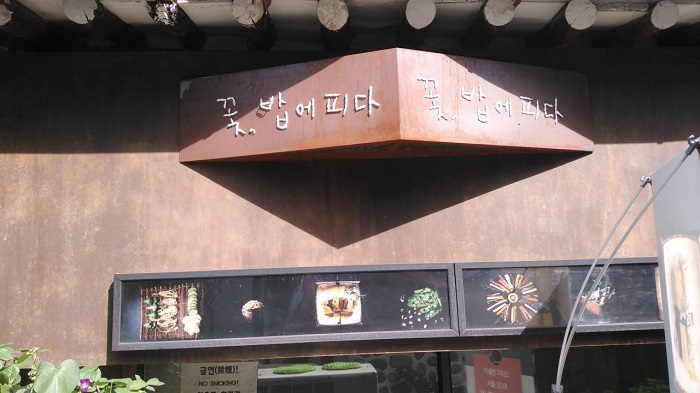
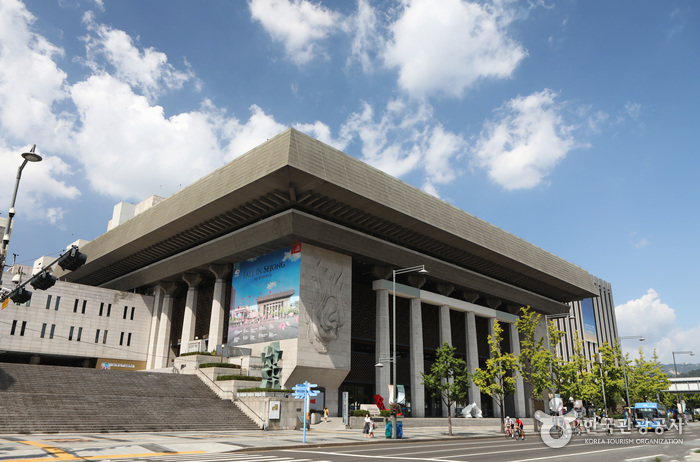
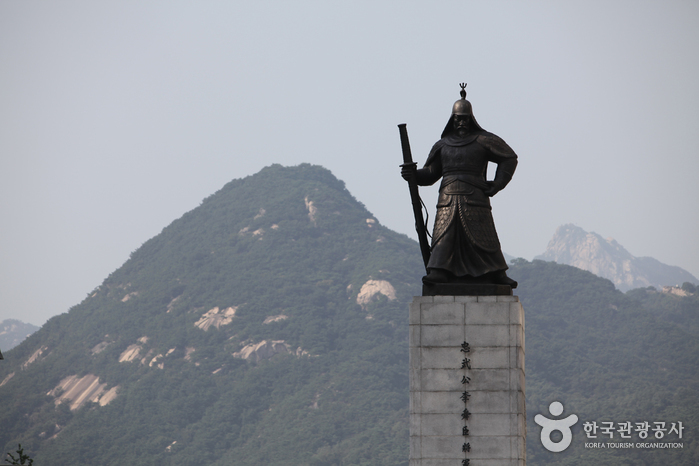
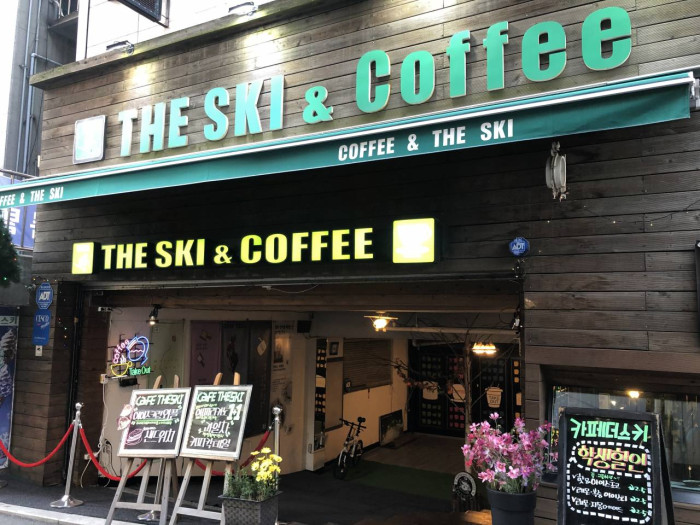

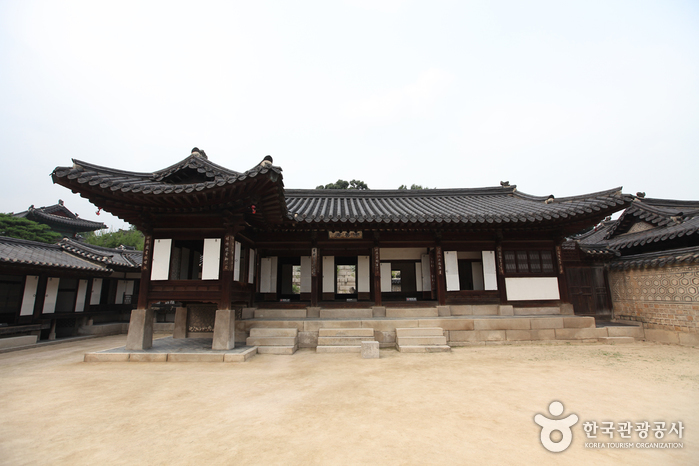
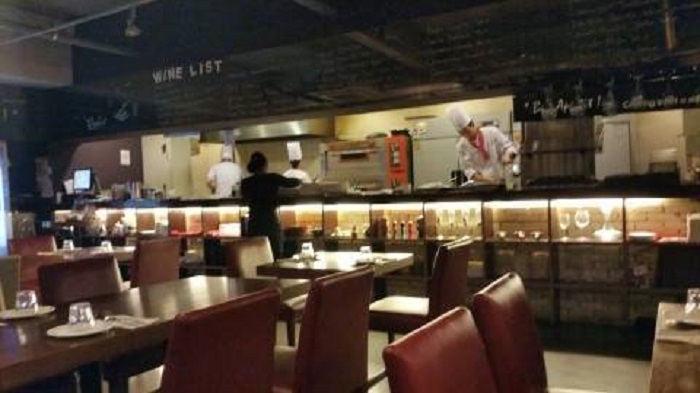
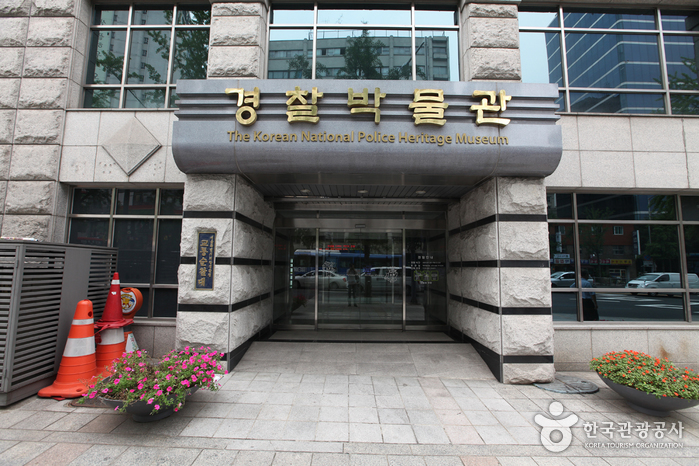
 English
English
 한국어
한국어 日本語
日本語 中文(简体)
中文(简体) Deutsch
Deutsch Français
Français Español
Español Русский
Русский